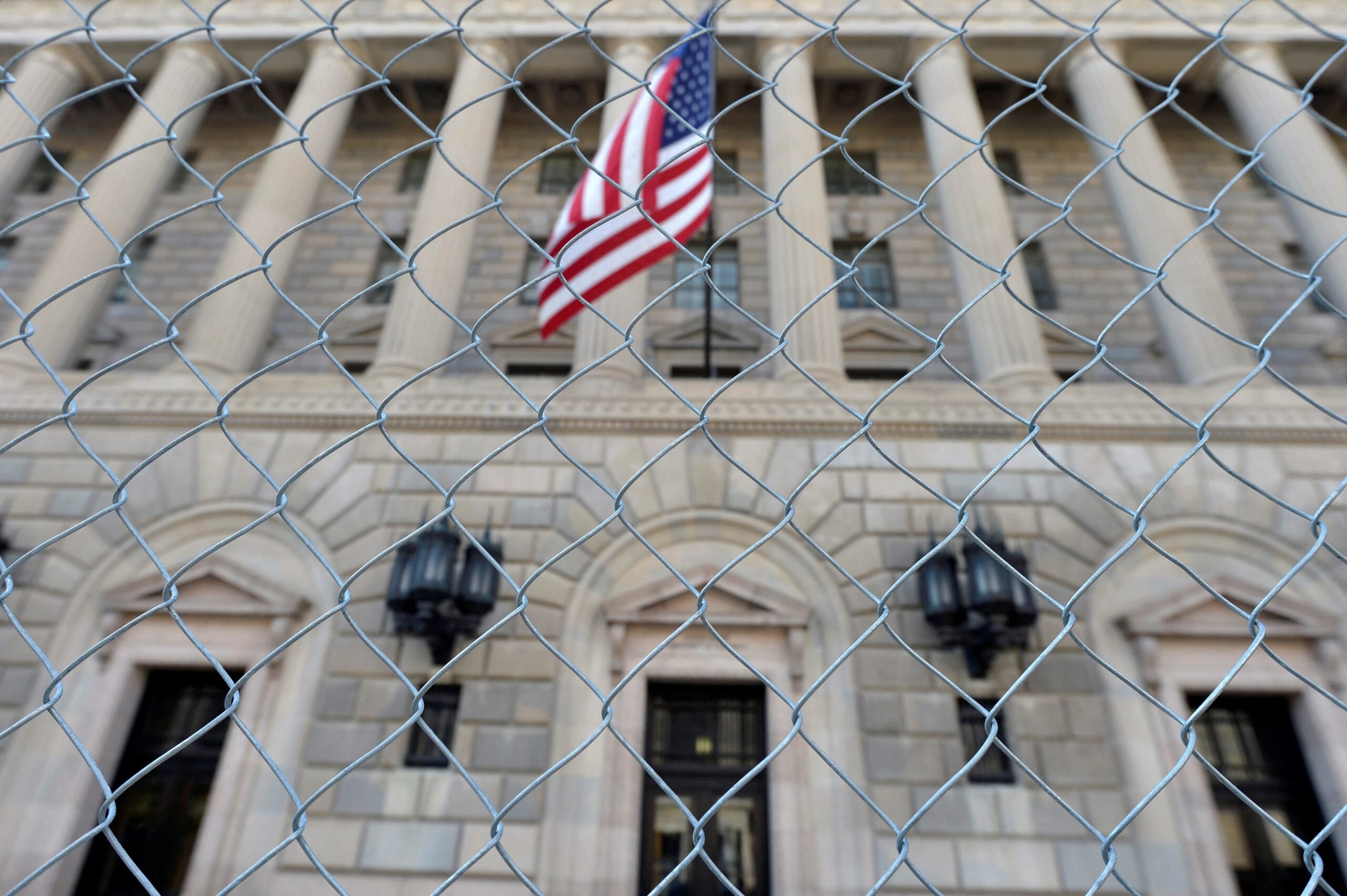
Congress Faces Impending Government Shutdown as Funding Deadline Looms
Washington, D.C. – With the clock ticking down to a looming deadline, Congress finds itself once again embroiled in a high-stakes battle over federal funding, raising the specter of a government shutdown that could furlough hundreds of thousands of federal workers and disrupt vital services.
Just weeks after narrowly averting a shutdown in December through a last-minute deal, lawmakers are struggling to reach a consensus on a spending agreement before the current funding mechanism expires at the end of the day on Friday, March 14. The impasse threatens to bring a large portion of the federal government to a standstill, impacting everything from national parks and passport processing to scientific research and regulatory oversight.
President Donald Trump, in his recent address to a joint session of Congress, outlined his administration’s priorities and touted cost-cutting measures undertaken by the Department of Government Efficiency (DOGE) and Elon Musk. However, these very actions have become a major sticking point in the negotiations, fueling Democratic concerns that further cuts could cripple essential government programs.
The looming deadline and the contentious atmosphere surrounding the negotiations have prompted warnings from both sides of the aisle. Democrats, led by key figures like Senator Patty Murray, the highest-ranking Democrat on the Senate Appropriations Committee, have vowed to resist Republican proposals that would further reduce federal funding.
“Republicans should not follow Elon towards a shutdown,” Murray cautioned, signaling the Democrats’ determination to use the funding negotiations to establish guardrails against what they perceive as detrimental cuts.
On the other side of the political spectrum, Speaker of the House Mike Johnson has emerged as a key voice advocating for a plan backed by President Trump to maintain current funding levels through September. Johnson, in recent media appearances, sought to assuage concerns that the cuts implemented by DOGE would be permanently enshrined in the continuing resolution (CR).
“We’re looking to pass a clean CR, to freeze funding at current levels, to make sure that the government can stay open while we begin to incorporate all these savings that we’re finding through the DOGE effort and these other sources of revenue that President Trump’s policies are bringing to the table,” Johnson stated on NBC’s "Meet the Press."
However, Johnson’s assurances have failed to quell Democratic anxieties. Representative Rosa DeLauro, the ranking Democrat on the House Appropriations Committee, has dismissed the prospect of a long-term CR as a "nonstarter," underscoring the deep divisions that separate the two parties.
The potential ramifications of a government shutdown are far-reaching. While the term "shutdown" might suggest a complete cessation of government operations, the reality is more nuanced. Federal agencies categorize their employees as either "essential" or "nonessential." Essential employees, who perform tasks deemed critical to public safety and national security, are required to continue working, although their pay may be delayed. Nonessential employees, on the other hand, are furloughed, meaning they are temporarily laid off and prohibited from working until the government reopens.
During the longest government shutdown in U.S. history, which spanned 35 days in 2018 and 2019, approximately 800,000 federal employees went without pay, highlighting the significant financial strain that a shutdown can place on government workers and their families.
Beyond the immediate impact on federal employees, a government shutdown can disrupt a wide range of services that Americans rely on. National parks may be closed, passport processing may be delayed, and federal agencies may suspend or curtail their operations, leading to frustration and inconvenience for citizens across the country.
The potential economic consequences of a government shutdown are also a cause for concern. Reduced government spending and decreased economic activity can ripple through the economy, potentially leading to slower growth and job losses.
As the deadline approaches, the pressure on Congress to reach a compromise is mounting. The consequences of inaction are significant, and the stakes are high. Whether lawmakers can bridge their differences and avert a shutdown remains to be seen. The coming days will be critical as the nation awaits the outcome of these crucial negotiations.
The author is Fernando Cervantes Jr., a trending news reporter for USA TODAY. Contributions were made by Reuters; Jeremy Yurow, Riley Beggin.
